As a child, I was unfamiliar with Pancake/Shrove Tuesday and the traditions surrounding it, but my best friend and her family invited me to their church for supper, where I was able to experience the festivities firsthand. Of course, there were the pancakes but beyond the food, was the sense of community and camaraderie that comes with sharing a meal together.
Events like this can provide us with an opportunity to come together and celebrate our shared values, while also acknowledging the importance of reflection and repentance. And, you experience firsthand a chance to form connections with others in the community. As a child I did not understand the significance of “Pancake Tuesday” only that it was a lot of fun and delicious! Many friends I know still ask - WHAT IS SHROVE TUESDAY?
Shrove Tuesday, also known as Pancake Day, is a significant day in the Christian faith, marking the start of the Lenten season. It is a day of celebration and preparation, where people indulge in rich and indulgent foods before the start of a period of fasting and sacrifice.
The origin of Shrove Tuesday can be traced back to medieval times when people would confess their sins and receive absolution, or "shrive" themselves before the start of Lent. It was a time of preparation for the penitential season, where Christians would make sacrifices, give alms, and focus on their relationship with God.
As the custom of confessing one's sins before Lent waned, the focus shifted to food, and Shrove Tuesday became associated with indulging in rich foods. Pancakes, in particular, became a traditional food as they were a way of using up ingredients like sugar, butter, and eggs that would be forbidden during Lent. Pancakes were also seen as a symbol of unity, as they could be made easily and quickly, bringing people together to celebrate and enjoy each other's company.
From a faith perspective, Shrove Tuesday is an important reminder that we need to take the time to reflect on our relationship with God and prepare ourselves for the Lenten season. It is a time to confess our sins, seek forgiveness, and commit to making positive changes in our lives. The indulgent foods we enjoy on this day should not distract us from this central message; rather, they should serve as a reminder that we need to make sacrifices and give up our worldly desires in order to focus on our spiritual well-being.
Shrove Tuesday is a day of celebration and joy, but it is also a time for reflection and repentance. As we indulge in our pancakes and other treats, let us take the opportunity to reflect on our relationship with God and commit to making positive changes in our lives. Let us remember the true meaning of this day and the importance of preparing ourselves for the Lenten season.
-Connie Rodgers, Guest Blog












